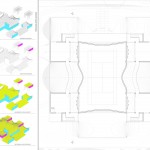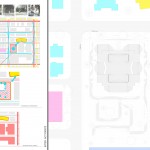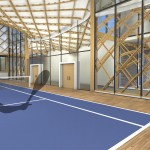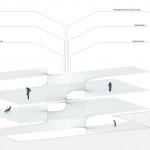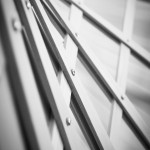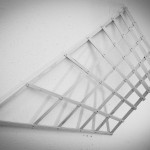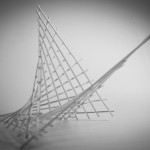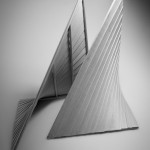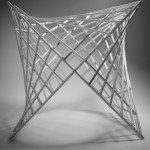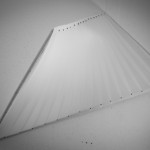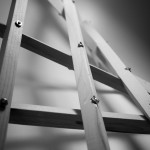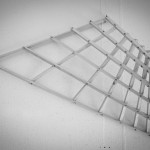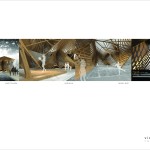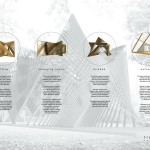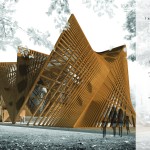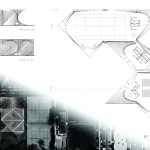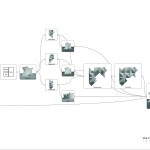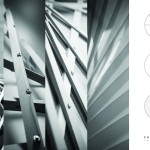Project By: Jean Dieres Monplaisir
Since the work of Felix Candela or Pier Luigi Nervi in the 60’s, the use of structural shells has been very limited. This can be explained by their formal tendency to take precedent over the architectural program due to the small flexibility of their geometries. Hence, the shape of the building becomes that of the shell, a singular object, hardly integrated in its urban context and accommodating for little programatic spatial variations. This project intends to challenge the use of shells in the contemporary architectural context by attempting to break away from its formal dogmatism. Consequently, the shell needs to become a structural component that can be aggregated to generate spaces rather than being an omnipresent formal and programmatic driver. Multiple typologies were developed and connected to generate an articulated plan responding precisely to the need of the program. This approach also intended to mitigate the visual impact of the building on its surrounding residential neighbourhood. The structural mapping of these typologies consists of a double wood gridshell which members’ neutral axes are dictated by a set two dimensional curves following the shortest path separating a cross-referenced list of points located on the outer edges of the shell. Such curves were obtained by developing a script extracting pseudo-geodesic paths which present the peculiarity of being planar and thus allowing for an easier fabrication process while remaining close to the optimum change in radii of curvature of a pure three-dimensional geodesic.



